We all know that eating vegetables is good for our health. They are packed with nutrients such as vitamins, minerals, fiber and antioxidants and this means that consuming large amounts regularly can reduce the risk of disease. In 2021, a study conducted by researchers at Harvard Medical School found that as a person’s fruit and vegetable intake increased, their mortality decreased. In fact, studies have suggested that eating an average of five portions a day had a 13-percent lower risk of death.
But we all know that we really should be eating more vegetables, it’s not always easy. In 2022, a CDC study found that one in 10 American adults eat enough vegetables. With more than 23 million people in the United States living in food deserts, accessibility is a barrier for many. “Additional policies and programs that would increase access to fruits and vegetables in the places where US residents live, learn, work and play could increase consumption and improve health,” the study noted.
For others, a lack of cooking skills may lead to a lack of vegetables. A 2020 study suggested that many Americans can make breakfast foods like French toast without a recipe, but struggle with everything else. But that doesn’t mean people don’t want to cook more. Another 2019 survey suggested that more than 75 percent of Americans would rather cook at home than eat out.
If you’re trying to get more vegetables into your diet and cook more, here’s what you need to know about growing vegetables at home. Plus, for meal inspiration, we’ve also included veggie-forward vegan recipes.
Does cooking vegetables affect their nutritional content?
Let me say something straight, you don’t have to cook to eat vegetables. Carrots, celery, spinach, lettuce, and kale are some examples of vegetables that can be eaten raw. But cooking can enhance the flavor and texture of vegetables and, in some cases, increase nutritional content. Because cooking helps break down the cell walls in vegetables, it can make their nutrients more available. For example, carrots contain carotenoids, a type of antioxidant, and are easier for the body to absorb when cooked.
Charlotte Morrison, a senior public health nutritionist in Queensland, Australia, says, “If there’s a vegetable that’s quite hard, take carrots for example, cooking the vegetable softens it, which helps the body get the nutrients from the vegetable.” Queensland Health.
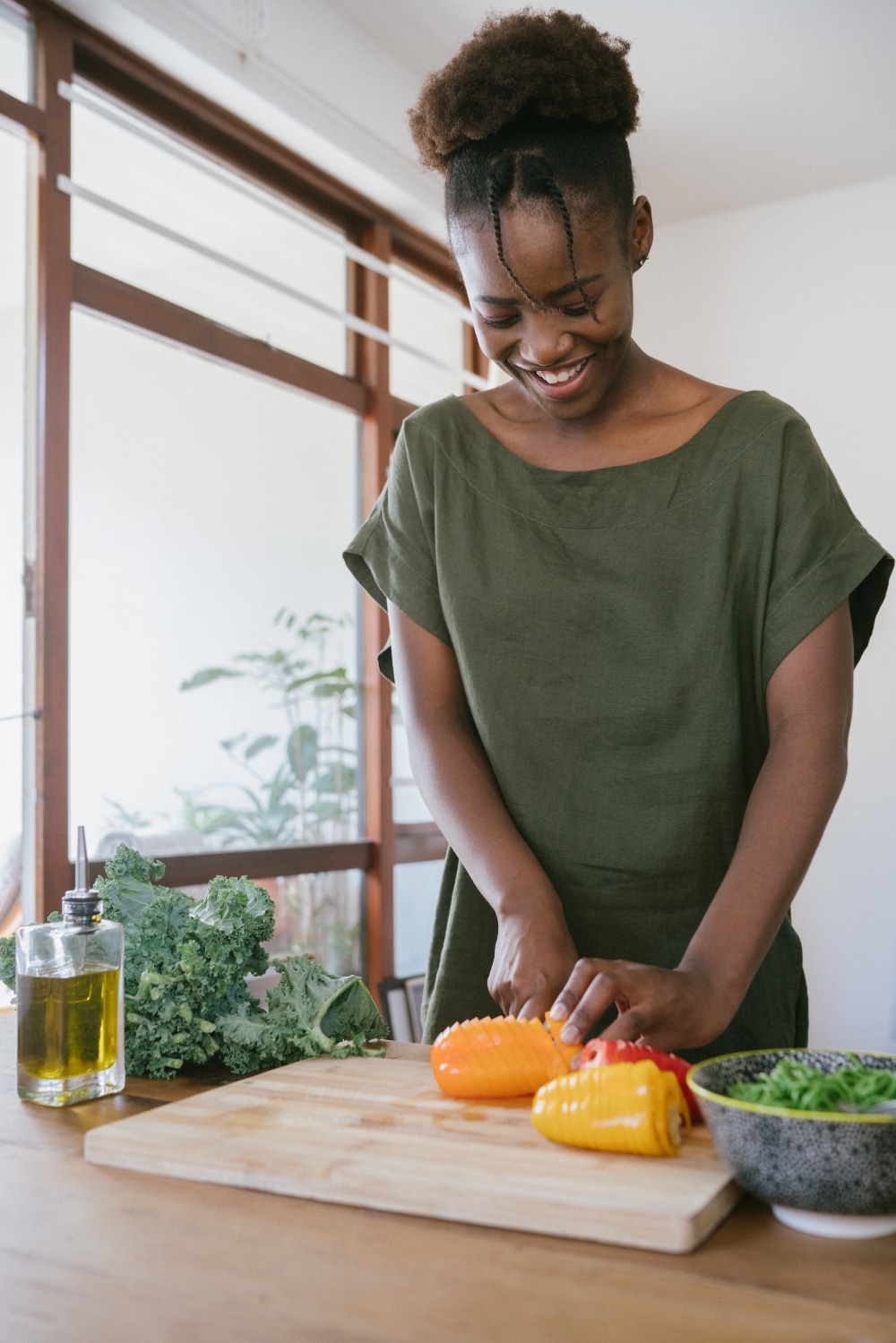 Pexels
Pexels
But he adds that over-boiling vegetables can leach nutrients into the water, and that means you lose some important vitamins and minerals. Research suggests that boiling broccoli, for example, can cause up to 50-percent loss of vitamin C. This is because vitamin C, as well as other vitamins, such as B vitamins, are water soluble. The answer is to use less water or use a different cooking method, such as roasting or steaming. Studies have shown that steaming broccoli causes less loss of vitamin C content, about 14 percent.
However you choose to prepare vegetables, in the end, what matters is that you eat them. Prioritize your favorite cooking methods and then you can enjoy them more regularly and there are no downsides. “Eat your vegetables roasted, roasted, steamed, boiled in soups, microwaved and raw. Enjoy them fresh (locally grown) and frozen,” says Leslie Beck, RD The Globe and Mail. “The more variety you have, the more likely you are to eat them. And that’s the whole point.”
What is the best way to cook vegetables?
If you’ve got your veggies, but you’re not sure where to start cooking them, or you want to try something different from your tried and tested favorites, there are a few different ways to cook them. From steaming to grilling, we’ve got the lowdown on each.
1 Steaming
Steaming is a popular way to cook vegetables, and that’s because it’s one of the healthiest and fastest. Instead of immersing them in water (like you do when boiling), the vegetables sit on top of the boiling water and are cooked by the heat of the steam. To do this, you can buy a steamer basket or buy a set of saucepan steamers. The best vegetables for steaming include broccoli, carrots, sprouts, and green beans, but it won’t work well for large, dense vegetables like potatoes.
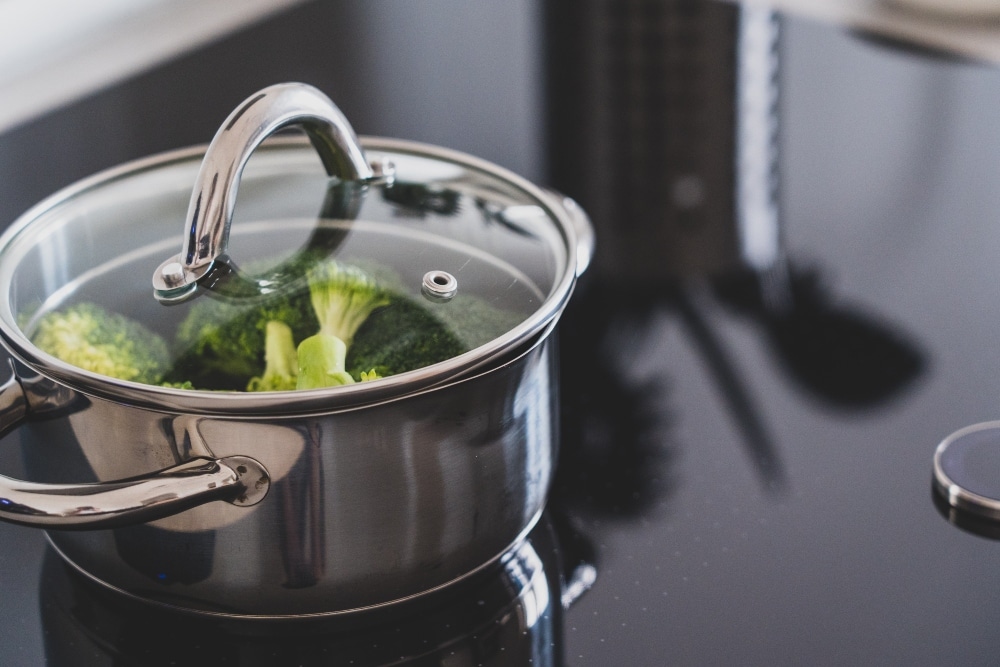 Pexels
Pexels
2 boiling
Boiling is one of the easiest ways to prepare vegetables. All it takes is bringing a saucepan of water to a boil and then adding the vegetables until they soften a bit. But as mentioned above, try not to overcook, as you will start to lose more nutrients from the vegetables. That being said, some people drink extra water and go around! Or you can add it to soups and stews, for example.
3 Sautéeing
To fry, heat the olive oil in a shallow frying pan over medium-high heat before adding the vegetables. For many, this is their favorite way to cook, and that’s because it’s especially flavorful (especially if you season well!) and the vegetables tend to get a nice crisp texture. This method is especially good for tender vegetables like mushrooms and peppers.
4 Air-frying
If you have an air fryer, use it on your veggies too! It is much healthier than deep frying, as you don’t need a lot of oil and it also results in a delicious, crispy texture.
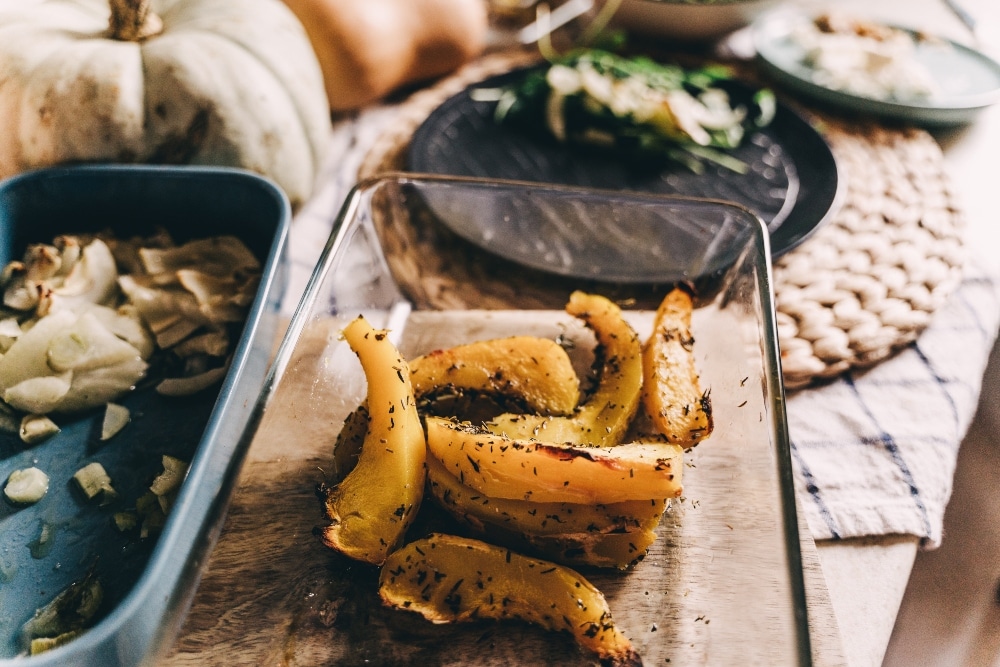 Pexels
Pexels
5 roasting
Roasting ovens rely on dry, high heat and zero water, so this will help prevent nutrient loss. It’s also great for texture and flavor, as roasting usually results in deliciously crunchy, slightly sweet vegetables. You can roast any vegetable you like, but some that work especially well are Brussels sprouts, potatoes, parsnips, cauliflower, onions, and broccoli.
6 baking
Baking is similar to roasting, only the temperature is usually slightly lower. When roasting, the temperature should be set above 400 degrees F, when you are baking, it should be below this amount. Unlike roasting, for example, baking cannot be done over an open flame or barbecue. It must be done in the oven.
7 Grilling
If you want that delicious chargrilled flavor and texture in your vegetables, you need a grill. Before tossing your vegetables with oil, set it to medium-high heat, place it on the grill, and turn it regularly so that they cook evenly on all sides. And again, since there is no water involved, the vegetables will retain their nutrients better. That said, if you’re grilling on the barbecue, for example, it’s important not to overcook it, as it can produce carcinogens like benzopyrene.
Vegetable Forward Vegan Recipes
Vegetables have a reputation for being boring, but this is not the case. They can easily be the star of a delicious, nutritious meal that you’ll enjoy so much, you won’t miss the meat at all. Here are some of our favorite dishes that highlight the true potential of vegetables.
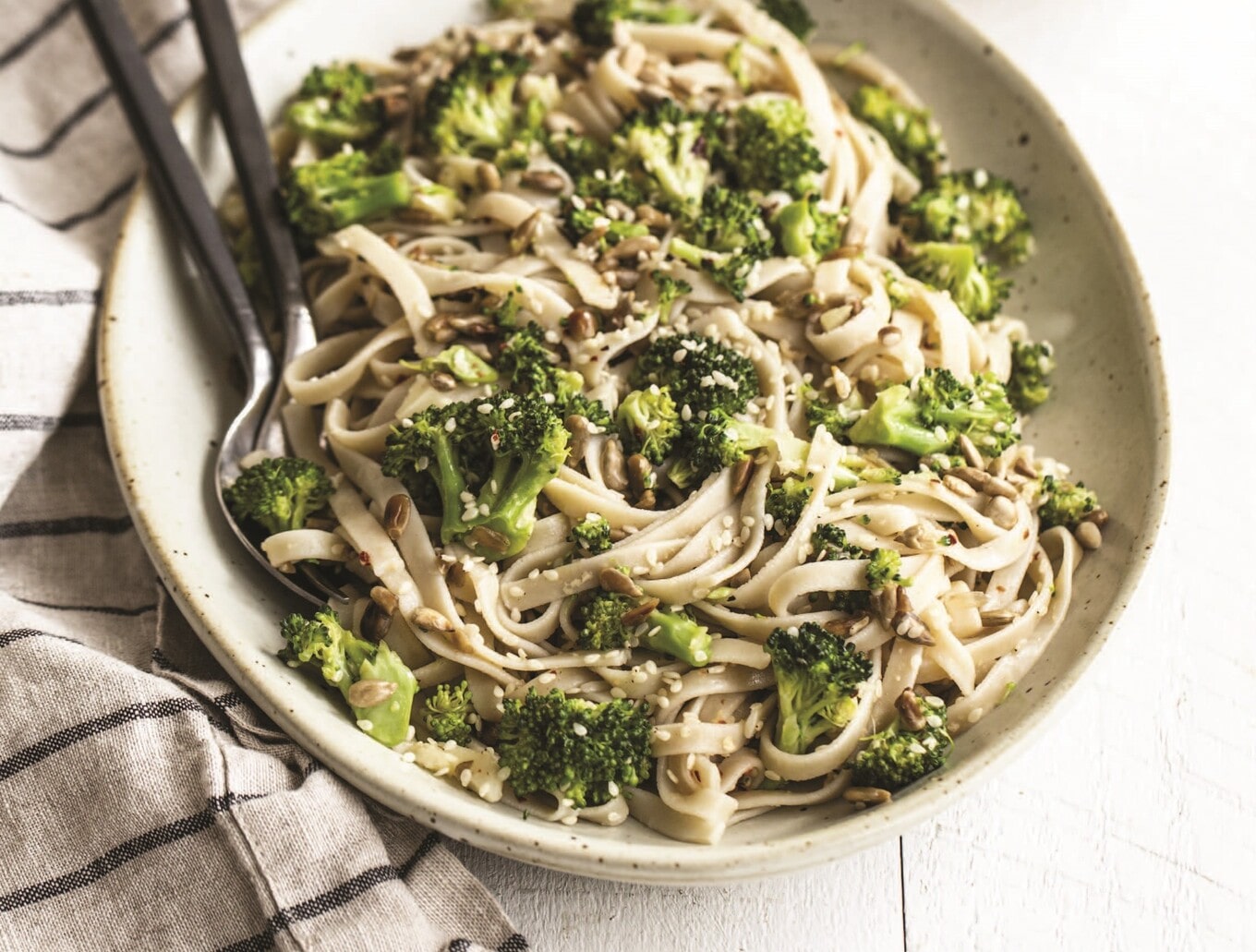 Ashley McLaughlin
Ashley McLaughlin
1 Sesame Ginger Broccoli Noodles
Made with creamy tahini and fragrant sesame oil, these ginger noodles are easy to make and delicious too. But one of the best parts of this dish is, arguably, the broccoli, which is sautéed over high heat with salt, pink pepper and garlic cloves.
Get the recipe
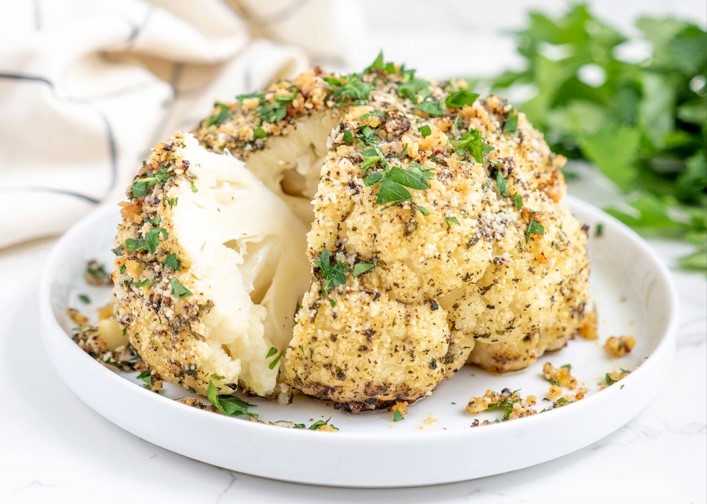 Mia Sin
Mia Sin
2 Garlicky Herb- Roasted Whole Cauliflower
For a very long time, cauliflower was ruled the side of the plate. But not anymore. In this recipe, the humble vegetable is the center of attention. For best flavor, saute with vegan cheese, herbs, black pepper, garlic, and olive oil and then broil (which is similar to grilling, but the heat source is from above).
Get the recipe
 Mia Sin
Mia Sin
3 Lentil Bolognese Spaghetti Squash Boat
Bolognese is already a comforting, flavorful dish. But for something a little more unique, slice up some squash and roast it for 40 minutes with a delicious lentil-packed sauce. For serving, vegan parmesan is a must.
Get the recipe
 Ashley Madden
Ashley Madden
4 Baked Thai Chili Cauliflower Bites
Cauliflower is such a versatile and delicious vegetable, it gets two mentions on this list. If you don’t fancy a whole roasted cauliflower, slice it into florets, cover with a savory marinade and then bake until deliciously crispy.
Get the recipe
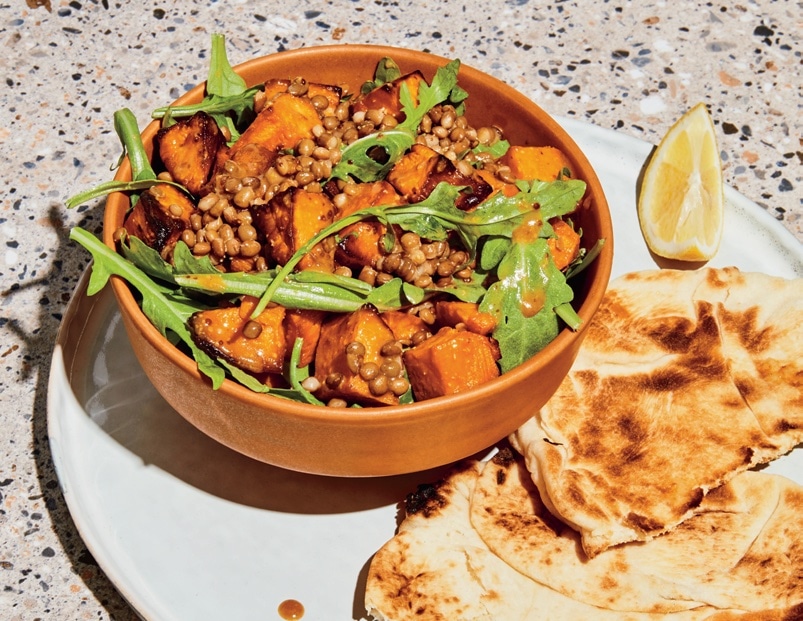 Jean-Philippe Cyr
Jean-Philippe Cyr
5 Warm Lentil, Sweet Potato and Arugula Salad
Salads are usually filled with raw vegetables, but if you feel like straying from the norm, up your game by adding warm sweet potatoes, baked until perfectly tender. Serve with your favorite leafy greens, such as arugula, kale or spinach and lentils.
Get the recipe


